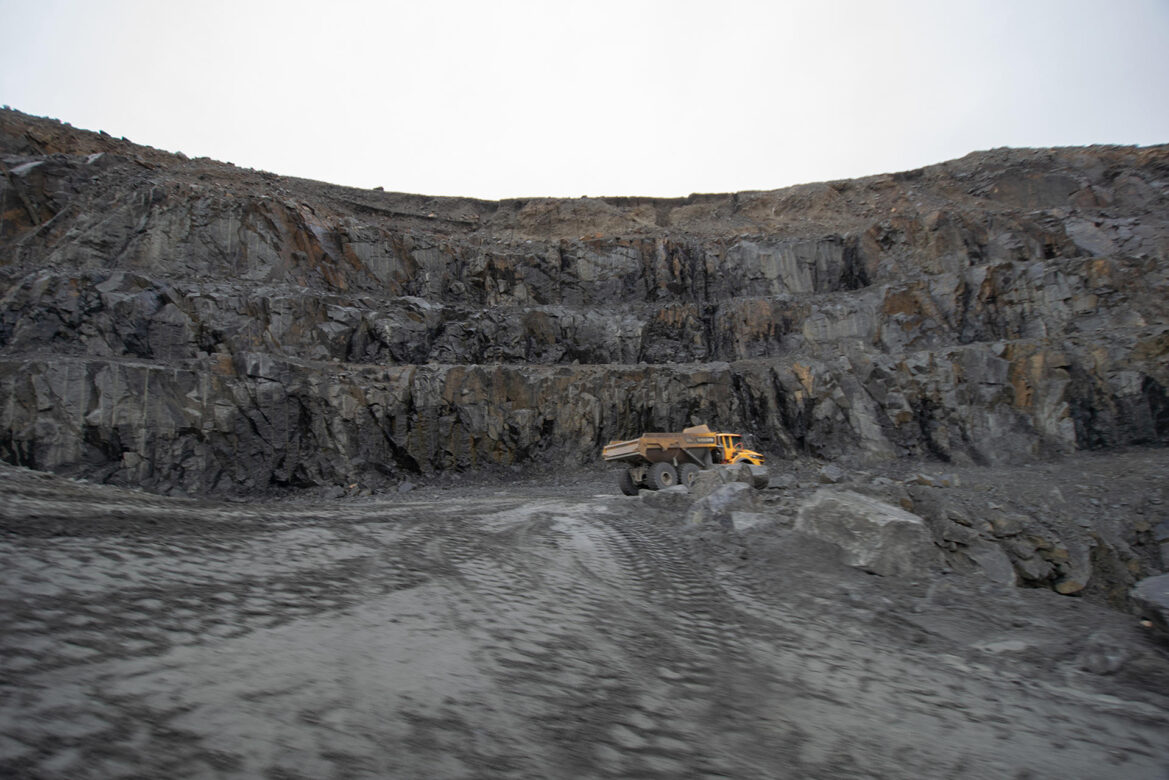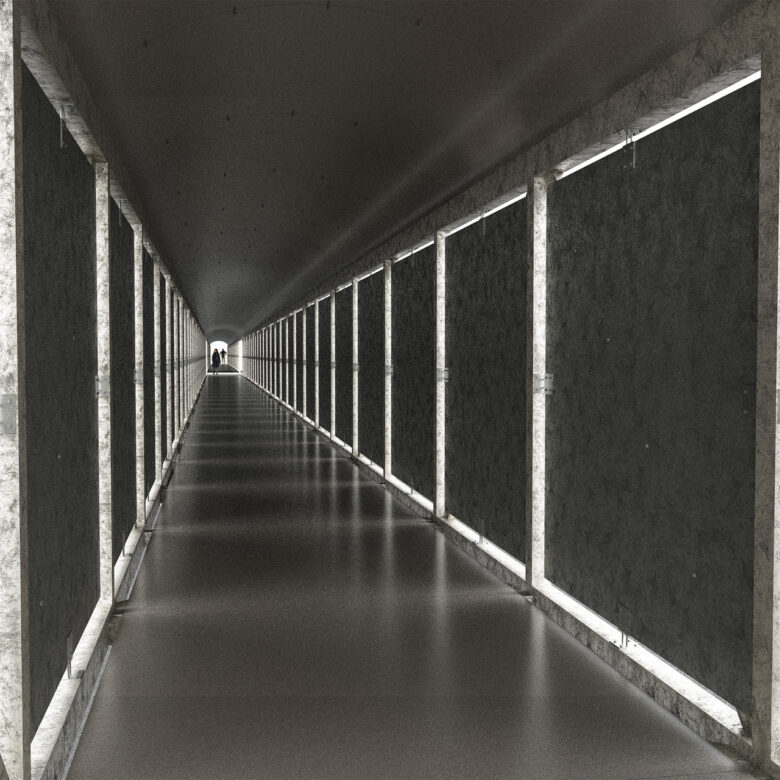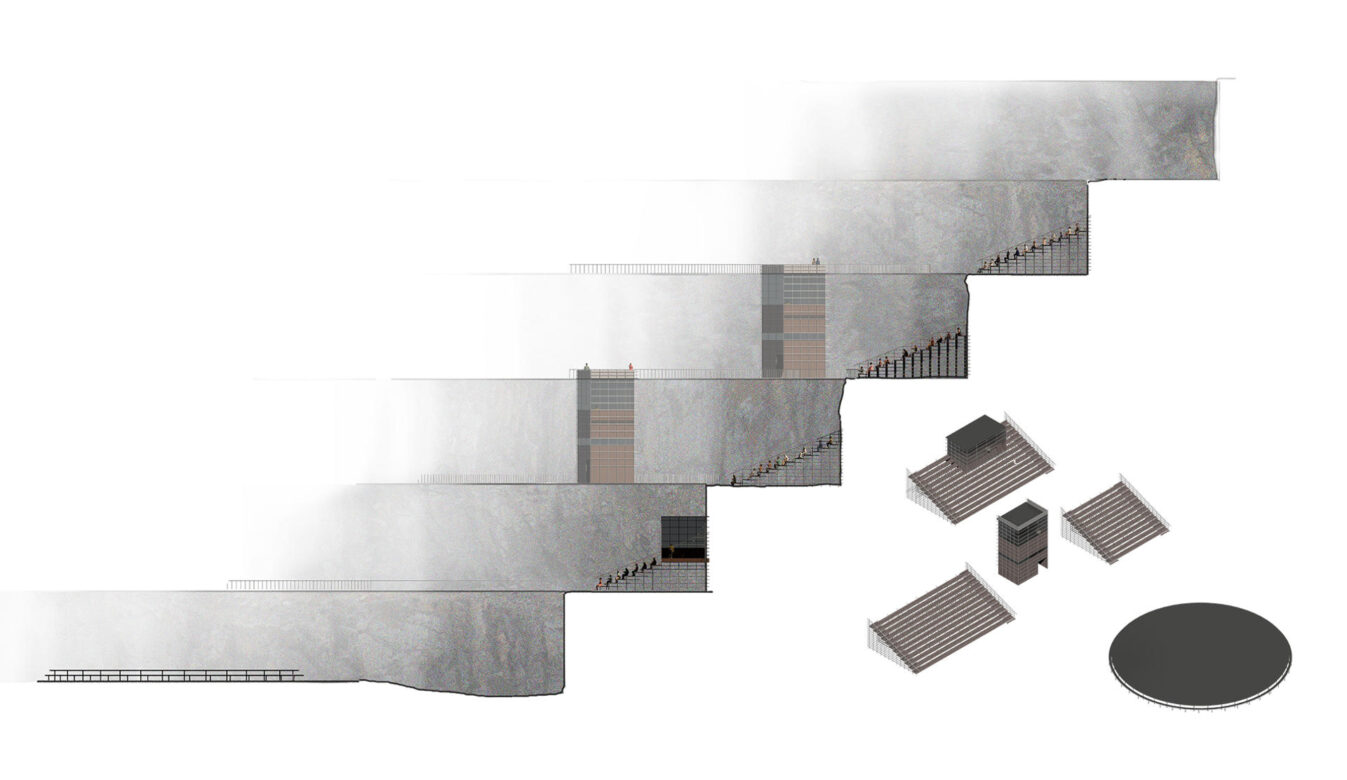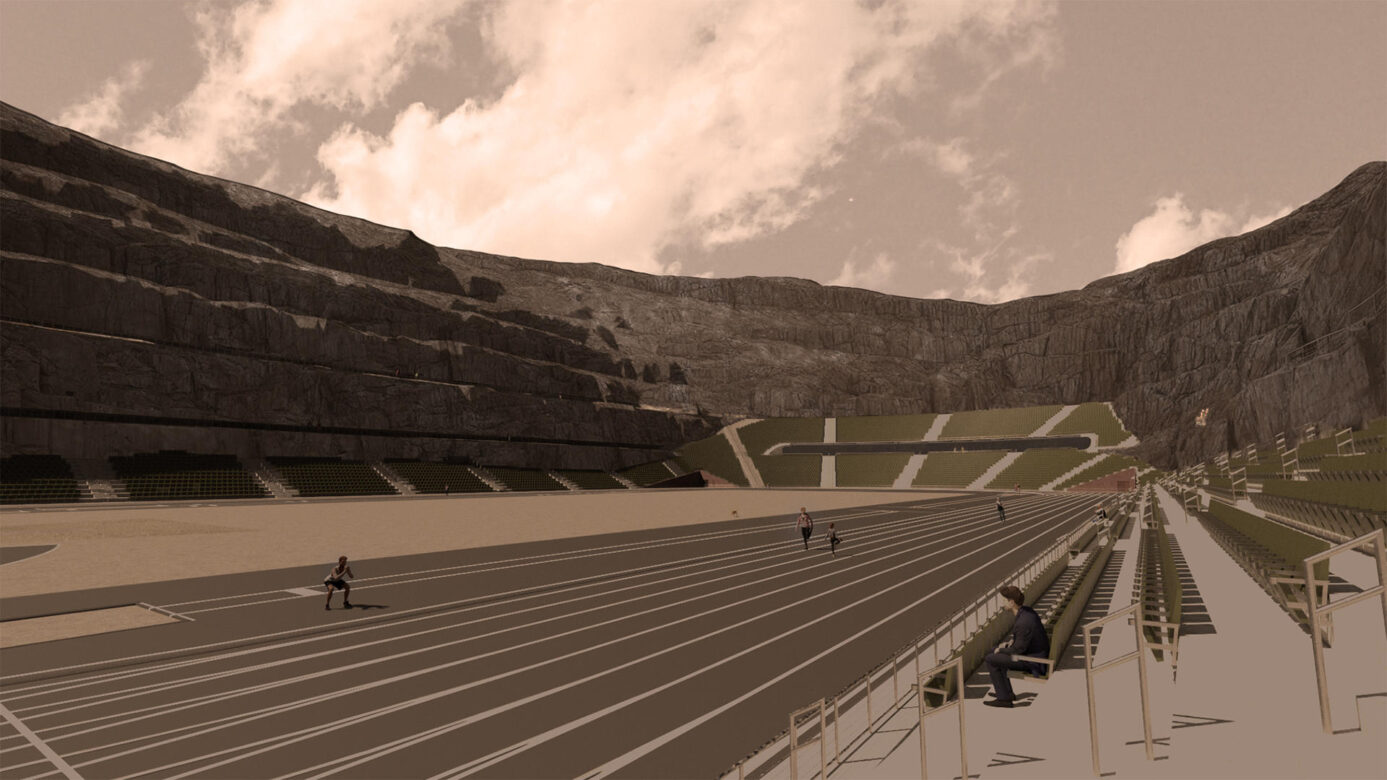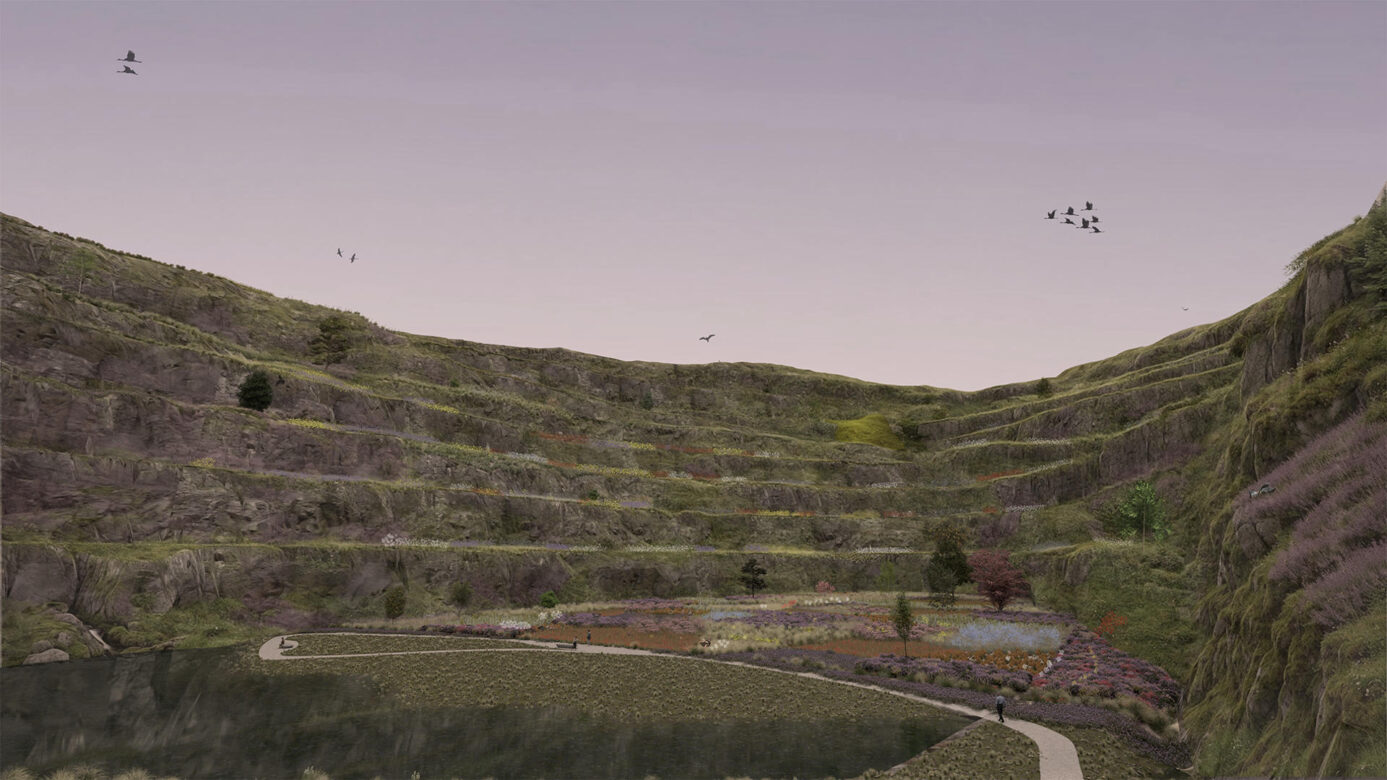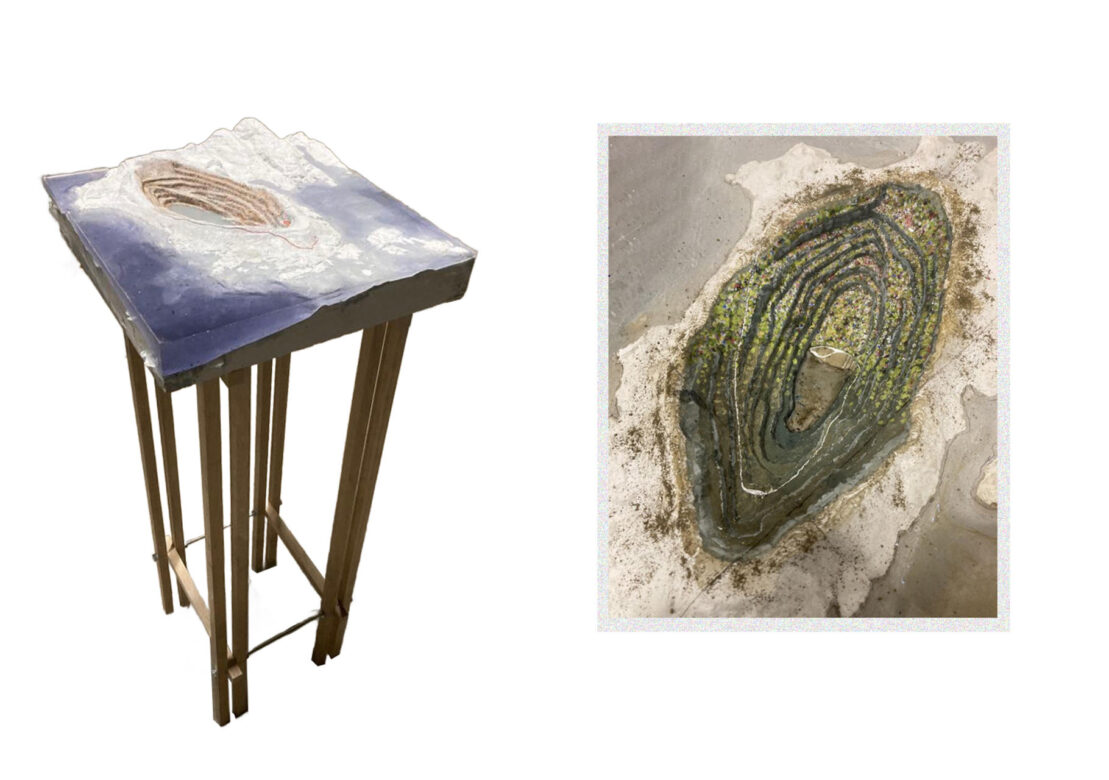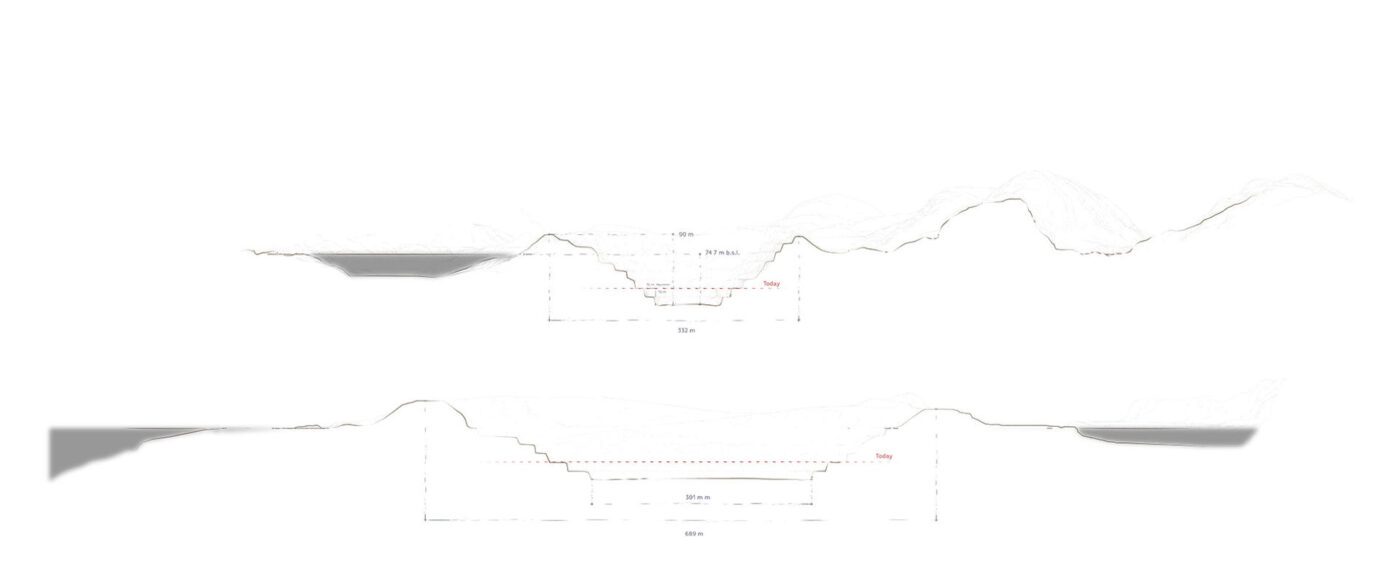There are several fascinating aspects of stark human impact and its shaping of landscapes. Landscapes that have been cultivated for a long time but now face unrecognizable changes. Mining and quarrying have been ongoing for centuries, allowing us to witness how ecology can restore itself long after activities cease.
The more recent imprints of the last decades are larger, more comprehensive, and occur more frequently. In a Norwegian context, examples of significant imprints on landscapes include industries such as wind turbines, forestry, infrastructure, fish farming, hydropower, oil/gas and mining operations.
It’s ironic that many of these marks on the environment are crucial for advancing green technology, and it’s increasing at a rapid rate. Recognizing this, it is essential to consider ecological restoration after operations conclude, as addressed by the ”Nature Diversity Act” (Naturmangfoldloven). Nevertheless, some of these post-industrial landscapes provide opportunities for redevelopment in favor of something new, something that leverages the conditions initially created for industry.
Sokndal, Norway, an area that has experienced a variety of different environmental interventions over the last century, hosts one of the world’s largest ilmenite mines, 50 wind turbines. A recent discovery of new mineral deposits near Sokndal, suggesting the possibility of creating way larger interventions than the biggest existing mines. Additionally, there are stone quarries with approximately 20 years left of extraction on the east and west sides of Rekefjord. This becomes the area of choice to discuss the post-use of such conditions.The eastern part of Rekefjord, ”Valnesbruddet,” is the focal point of the task, spanning a footprint of about 190,000 square meters, and will reach a depth of 71 meters below sea level when extraction is finished in about 3-7 years. This will become the kind of post-industrial landscape that, because of its distinctiveness, can offer something else. The terraced elliptical shape makes the space sublime, and the contrasting idyllic, vernacular scenery surrounding it makes this surreal. One sees only the pit and the sky when inside, and one can hardly comprehend what is behind the hill when standing outside it.
As a glimpse of its vast potential, the diploma exhibits seven different actions, presenting a conceptual range of ideas that address various values and efforts regarding what this area can become. The different strategies are primarily divided by different sensibilities, each providing distinct meanings based on either pragmatic commercial uses, ecological restoration, or experiential public engagement. Despite the different intentions and outcomes of each approach, all strategies are rooted in a desire to find value in these altered landscapes.
Valnesbruddet is a strange place that, from an optimistic perspective, shows how drastic human impact on landscapes can create intriguing and valuable environments. This can encourage us to consider possibilities beyond just restoring its original volume, which is the only current proposal for the quarry. Although interests for doing so is understandable, and measures like water management and safety are necessary to maintain its footprint, the diploma project explores the many opportunities the quarry, its context, and surrounding area invite.
After extraction
Introduksjon
A Scenario in Alver: Securing access to the ocean through practical learning

A shelter at the sea
Dokumenter
